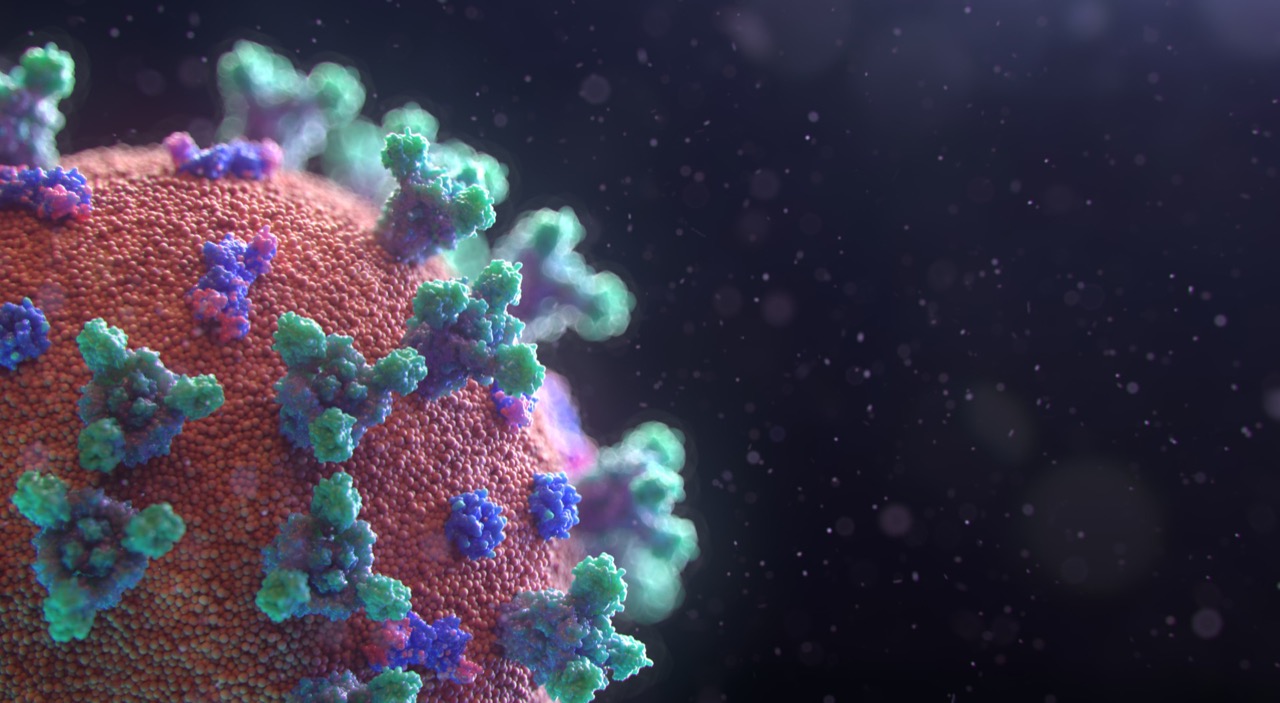Coronavirus 103

I wanted to share a selection of reports related to COVID19 that I have been reading during the last few days and find very interesting, as always this information is fact based and comes from recognised entities. The first is a paper from the ICL about the non-pharmaceutical measures Governments should put in place to deal with the COVID19; then a simulation of the basic topics of the study by 3Blue1Brown. Google has made available a report of mobility based on GPS data collected from phones, useful for planning references. A report of the initial modelling on how the spreading happens outside China. A report about the results of control strategies to reduce social mixing (in Wuhan). The last report is about statistics and the reading of those numbers, quite interesting. As always happy learning and stay safe. “Self 2.0”.
Readings:
Impact of non-pharmaceutical interventions (NPIs) to reduce COVID-19 mortality and healthcare demand by ICL
The global impact of COVID-19 has been profound, and the public health threat it represents is the most serious seen in a respiratory virus since the 1918 H1N1 influenza pandemic. In this paper the Imperial College COVID-19 Response Team present the results of epidemiological modelling which has informed policy making in the UK andother countries in recent weeks.
Simulating an epidemic by 3Blue1Brown
This video shows a graphical representation of the basic concept presented in the paper from the ICL, made by the guys at 3Blue1Brown to better understand the topics.
Community Mobility Reports by Google
As global communities respond to COVID-19, we’ve heard from public health officials that the same type of aggregated, anonymized insights we use in products such as Google Maps could be helpful as they make critical decisions to combat COVID-19. These Community Mobility Reports aim to provide insights into what has changed in response to policies aimed at combating COVID-19. The reports chart movement trends over time by geography, across different categories of places such as retail and recreation, groceries and pharmacies, parks, transit stations, workplaces, and residential.
Modeling the Spreading Risk of 2019-nCoV by Lauren Gardner
The results presented in this analysis are based on the 100 total cases of 2019-nCoV reported outside of mainland China on January 29. Specifically, we estimate the expected number of cases in mainland China at the end of January, as well as the global distribution of the infected travelers.
The effect of control strategies to reduce social mixing on outcomes of the COVID-19 epidemic in Wuhan, China: a modelling study by The Lancet
In December, 2019, severe acute respiratory syndrome coronavirus 2 (SARS-CoV-2), a novel coronavirus, emerged in Wuhan, China. Since then, the city of Wuhan has taken unprecedented measures in response to the outbreak, including extended school and workplace closures. We aimed to estimate the effects of physical distancing measures on the progression of the COVID-19 epidemic, hoping to provide some insights for the rest of the world.
Coronavirus Disease (COVID-19) – Statistics and Research by OurWorldInData
Only on the basis of clearly presented and well-documented data can governments, organizations and individuals hope to respond appropriately to the COVID-19 pandemic. The goal of our work here is to present the best available data and clarify what can – and can not be said – based on this data. We list all our visualizations – more than 40 in total – on the pandemic on this page.
BONUS: The Lancet Apr 2020 by The Lancet
The Lancet Infectious Diseases is a lively monthly journal of original research, review, opinion, and news covering international issues relevant to clinical infectious diseases specialists worldwide.
Hope you enjoy this selection and share your comments below
Happy Learning
G